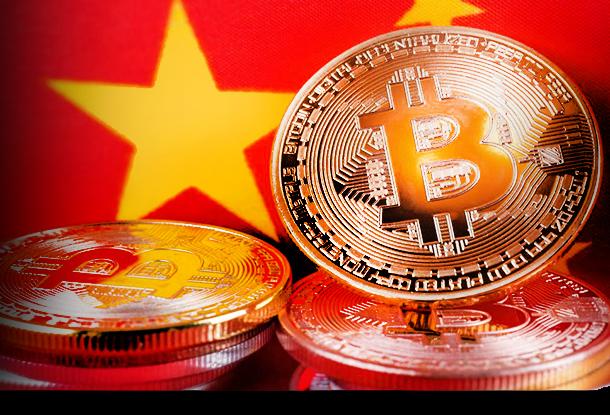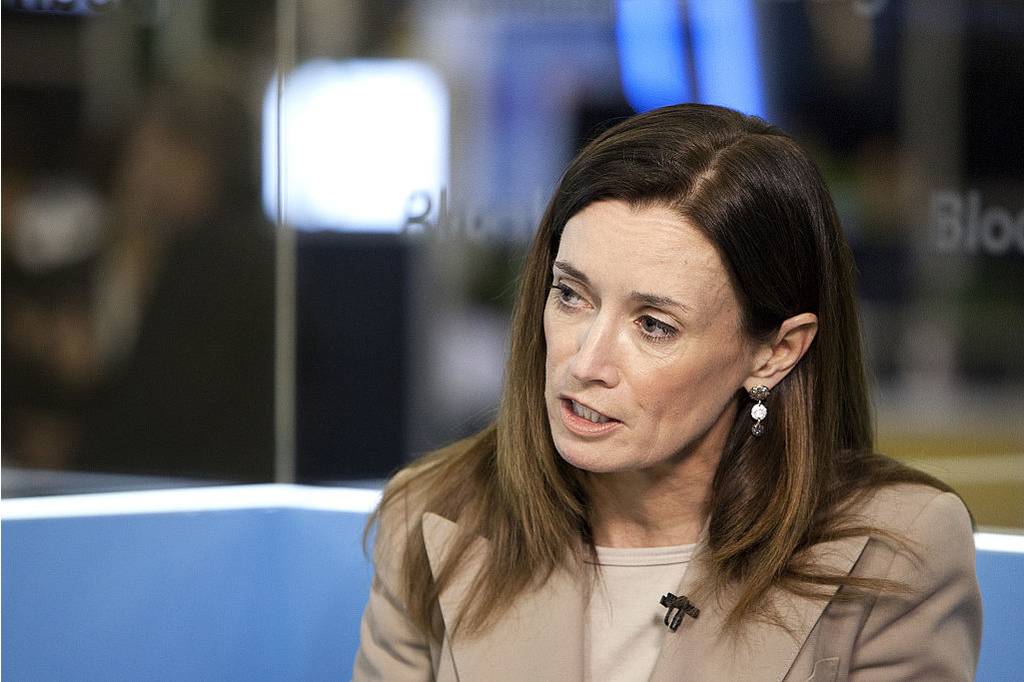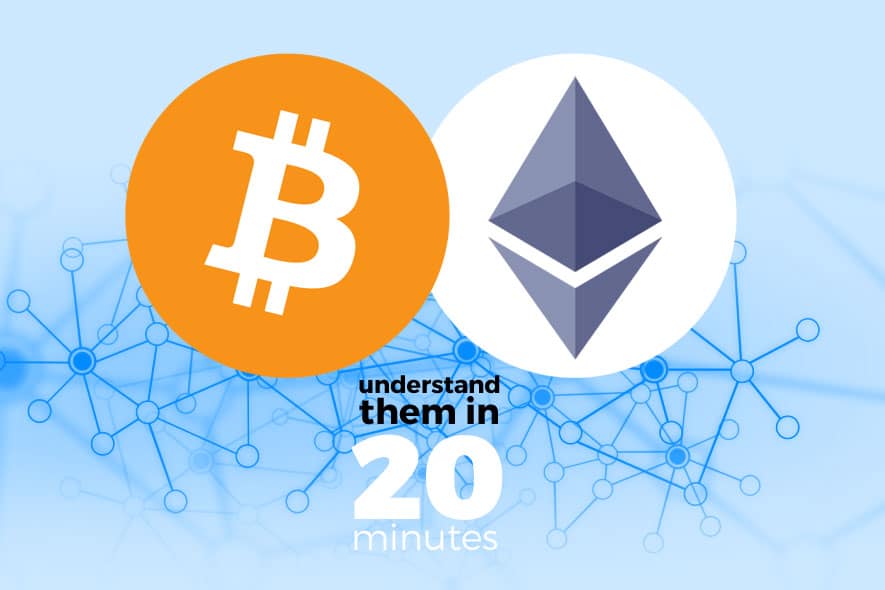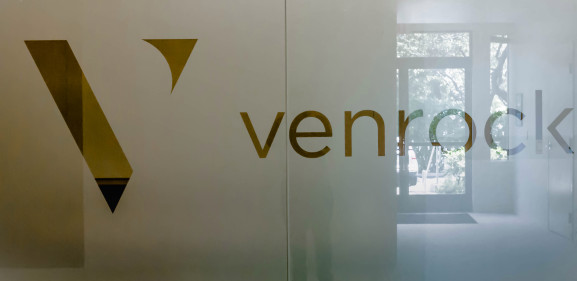What does an asset manager do? Asset managers seek to preserve and grow the wealth of their customers, commonly referred to as ‘investors’.
Although they date back to 2014, in 2017 we saw the rapid rise of ‘crypto funds’, or investment funds that invest mainly in cryptocurrencies such as bitcoin, ethereum, or other ‘altcoins’. Those offering crypto funds are, in effect, managing digital assets.
But what’s the difference between ‘managing digital assets’ and ‘managing assets digitally’? Many asset managers have digitized some analogue processes, but very few asset managers are truly digital in nature.
What lessons can we learn from the first few years of those that manage digital assets such as crypto funds?, and how can the end investor benefit?
What does an asset manager do?
Asset managers seek to preserve and grow the wealth of their customers, commonly referred to as ‘investors’.
For the sake of clarity, in this post I’m using the umbrella term “asset manager” to refer to managers of any asset class, including hedge fund managers, mutual fund managers, private equity, venture capital and others. Asset managers generally deliver their value proposition through two types of products, “funds” and “mandates”, but we’ll just use “funds” as a general term from here.
What’s the difference between ‘managing digital assets’ and ‘managing assets digitally’?
How does an asset manager build products?
Decisions on what assets to buy, sell or hold are made by the asset manager on behalf of the investors, and the asset manager earns between one tenth of one percent up to two percent of net assets of the fund or mandate as their fee.
Asset managers allocate investors’ cash to single or multiple asset classes according to the fund’s strategy, and then execute this strategy through building a ‘portfolio’ of assets into a fund or mandate.
How does an asset manager sell products?
Asset managers sell their products to investors through three main channels – institutional, wholesale and retail:
- Institutional (B2B) – pension funds, sovereign funds, endowments, family offices, etc.
- Wholesale (B2B2C) – wealth management customers, platforms and independent financial advisors.
- Retail (B2C) – direct purchase of shares from the fund.
The sale of these products through the above channels is referred to as ‘distribution’. The end investor only sees the end result, representing their preserved capital and their capital growth.
How has manufacturing and distribution changed with crypto funds?
In short, very little has changed. An asset manager offering a crypto fund to investors has built a product focused on a single asset class: cryptocurrencies. However, the mainly analogue processes of selling funds to investors through multiple channels remain unchanged. Moving further into providing intelligent services through digital access points rather than just selling products is a big leap from today’s model. This is true for crypto and traditional asset classes.
The mainly analogue processes of selling funds to investors through multiple channels remain unchanged.
For example, if an investor wants exposure to the crypto asset class but does not want to open their own crypto wallet and decide which coins to buy, hold and sell, the investor can invest in a crypto fund offered by an asset manager.
Source/More: Digital asset management and crypto funds – how has the model changed? – 11:FS
















